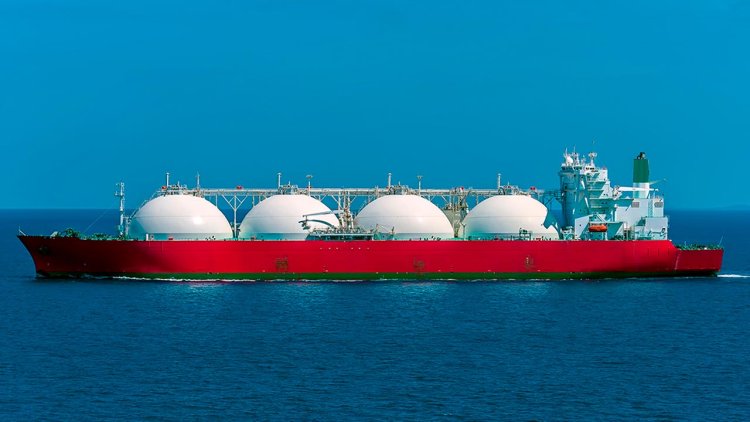European consortium works on innovative liquid hydrogen storage systems
The aim is to increase the capacity of suitable tanks by a factor of forty and at the same time reduce costs by 80 percent.

Currently, liquid hydrogen is transported and stored using spherical storage tanks. However, these are not ideal for large-scale use. A European consortium led by the Federal Institute for Materials Research and Testing (BAM) is therefore working on a new, pioneering storage concept. The aim is to increase the capacity of suitable tanks by a factor of forty and at the same time reduce costs by 80 percent.
Liquid hydrogen (LH2) is transported and stored at minus 253 degrees Celsius, as it then has a particularly high energy density. Due to the extremely cold temperature, thermal insulation is particularly important. To date, the large LH2 storage tanks have been designed in a similar way to the small tanks for liquefied natural gas: they have a spherical shape to better withstand the pressure and minimize storage losses. They also have a complicated double wall that serves as thermal insulation.
However, spherical storage tanks have several disadvantages that make them unsuitable for large-scale use in the hydrogen economy:
- The largest tank built to date has a volume of 5000 cubic meters. In the future, however, tanks for ships and stationary applications with at least ten to forty times this volume will be needed for liquid hydrogen. Scaling up the tanks accordingly is costly and involves technical risks.
- The production time for spherical storage tanks is currently very long at over a year, as many of the processes build on each other and therefore have to take place successively.
- When using insulation methods that have proven themselves in LNG tanks of 50,000-200,000 cubic meters in size, the walls for storing liquid hydrogen would have to be several meters thick.
In the NICOLHy project, BAM is working with four European partners to research new types of storage tanks for liquid hydrogen. For the first time, the principle of VIP thermal insulation (VIP = Vacuum Insulation Panel) is being tested for hydrogen storage.
It is known from building insulation, among other things. With VIP insulation, the loss of cold or heat is minimized by several panels arranged next to each other, which are based on a highly porous powder with a vacuum that is enclosed by a gas-tight membrane. The vacuum and the filling material together ensure that very minimal heat can flow
This structure makes it possible to achieve sufficient insulation against heat input from outside with a VIP insulation of just a few centimetres. Another advantage is that the tanks can be designed to be rectangular and fitted into the shape of a ship, for example. Compared to previous spherical storage tanks, the cargo space can thus be optimally utilized.
“Initial results show that the VIP insulation principle can be successfully used for the storage of liquid hydrogen," explains Robert Eberwein, expert for tanks for dangerous goods and accident mechanics at BAM, who is coordinating the EU project. "Overall, the capacity can be almost doubled compared to spherical storage tanks, costs can be reduced by 80 percent and energy efficiency and safety can be increased at the same time. In the project, we will continue to research aspects such as sustainability, cost-effectiveness and safety. The modular storage technology could significantly accelerate the establishment of liquid hydrogen in the German and European energy industry."
In addition to BAM, the project consortium includes the University of Bologna, the German Aerospace Center, the Norwegian University of Science and Technology and the National Technical University of Athens.



























